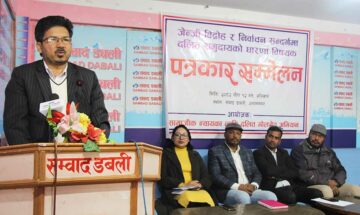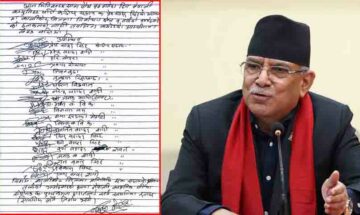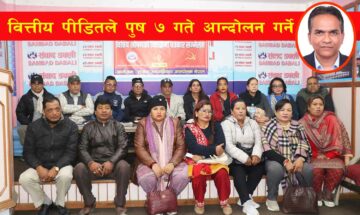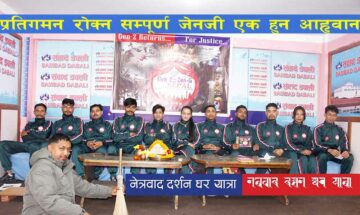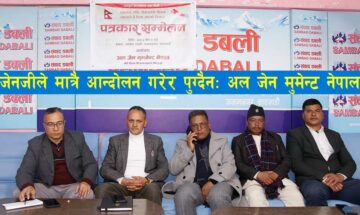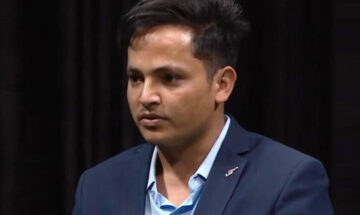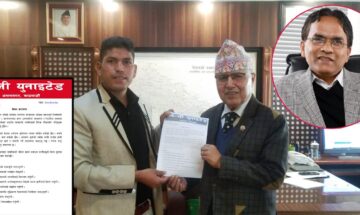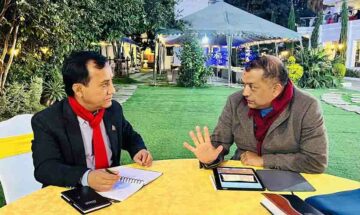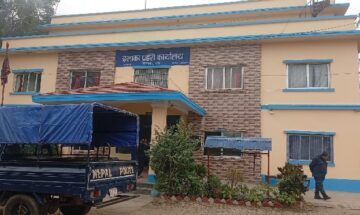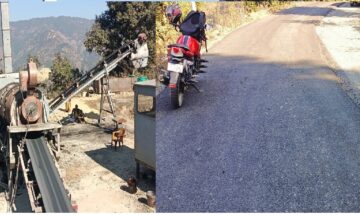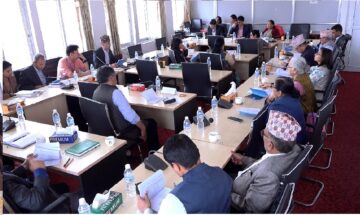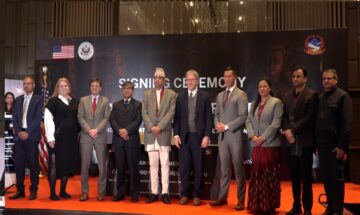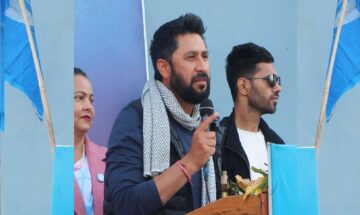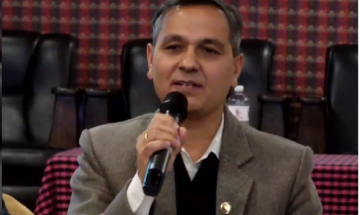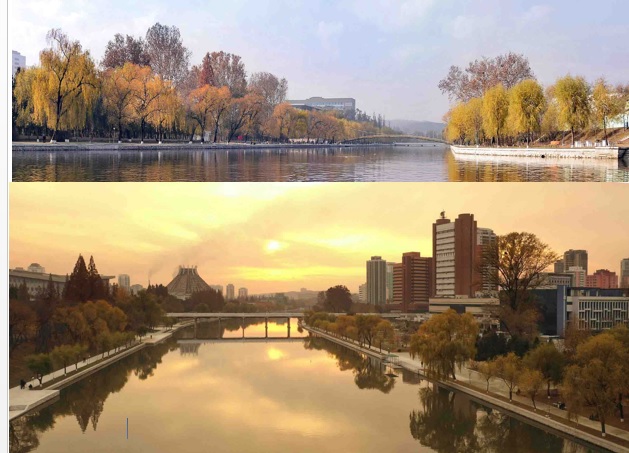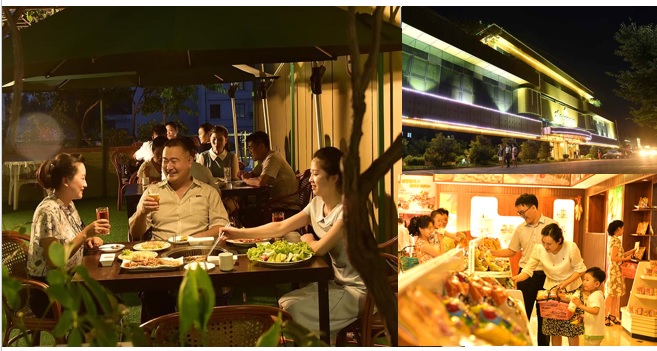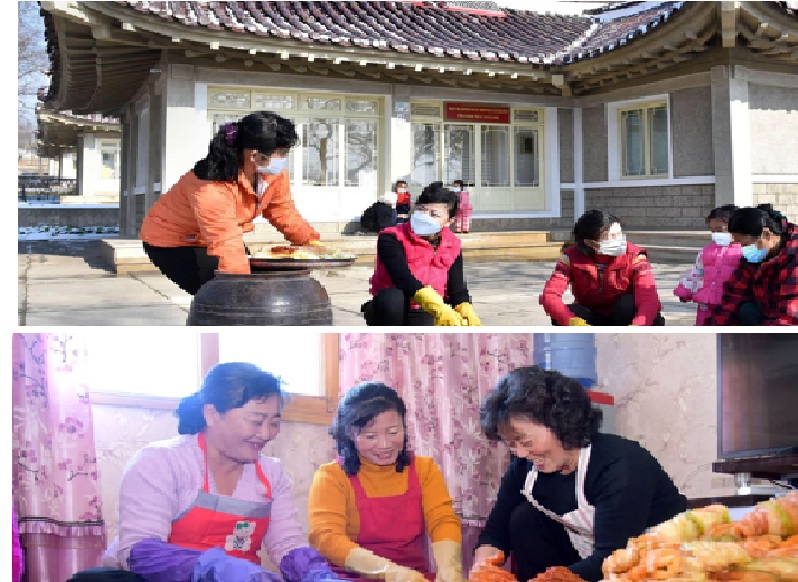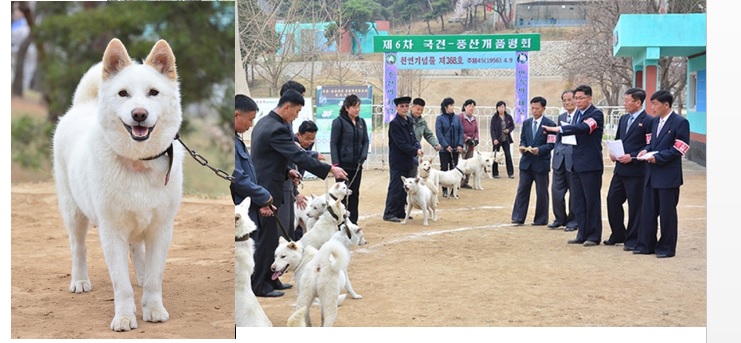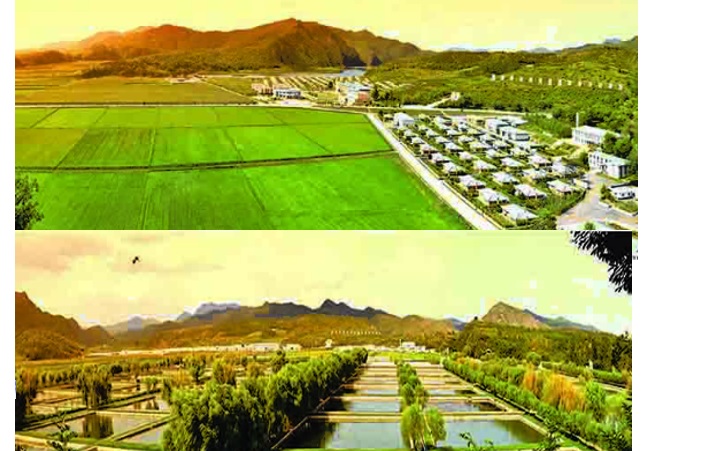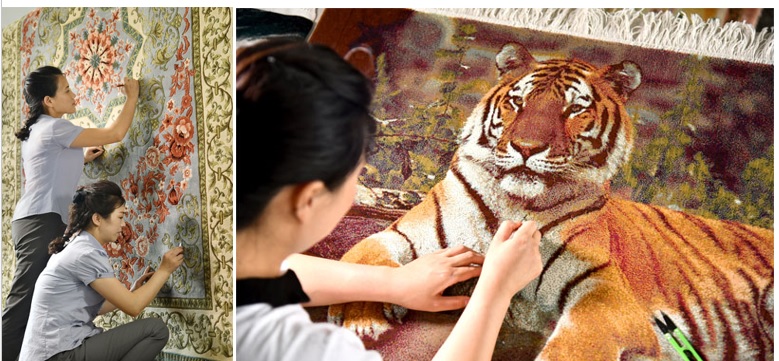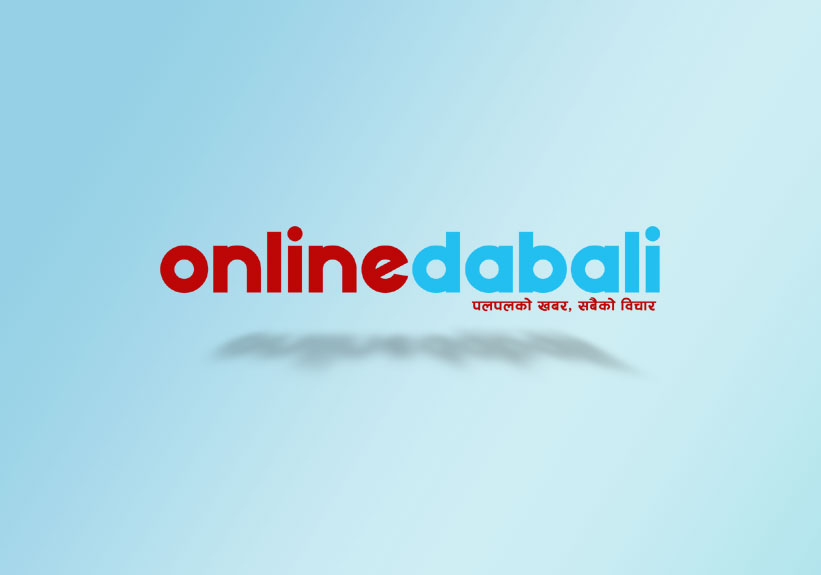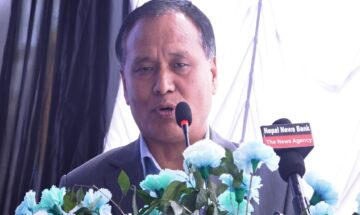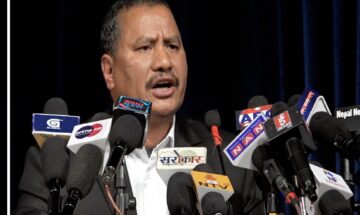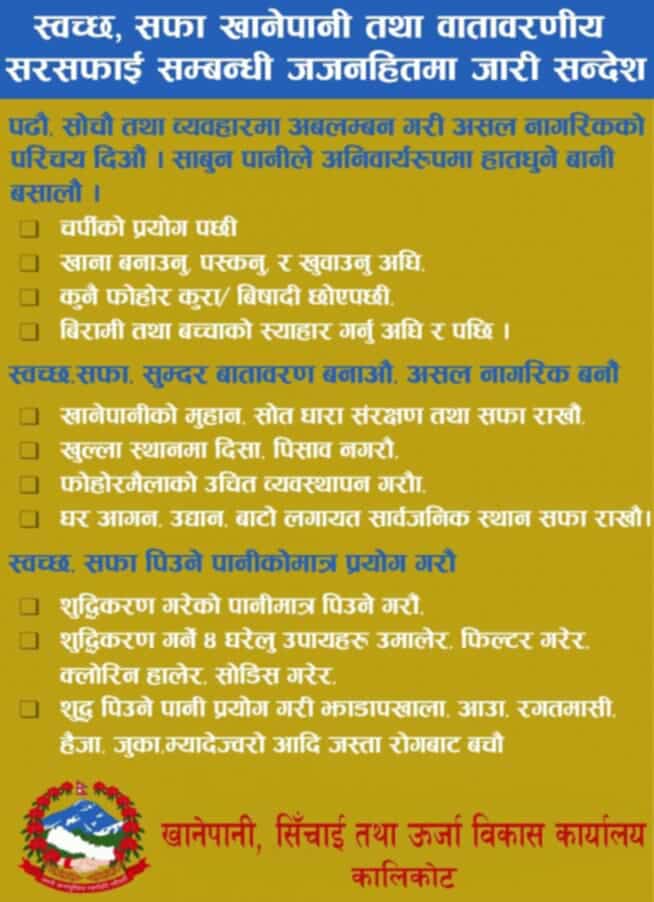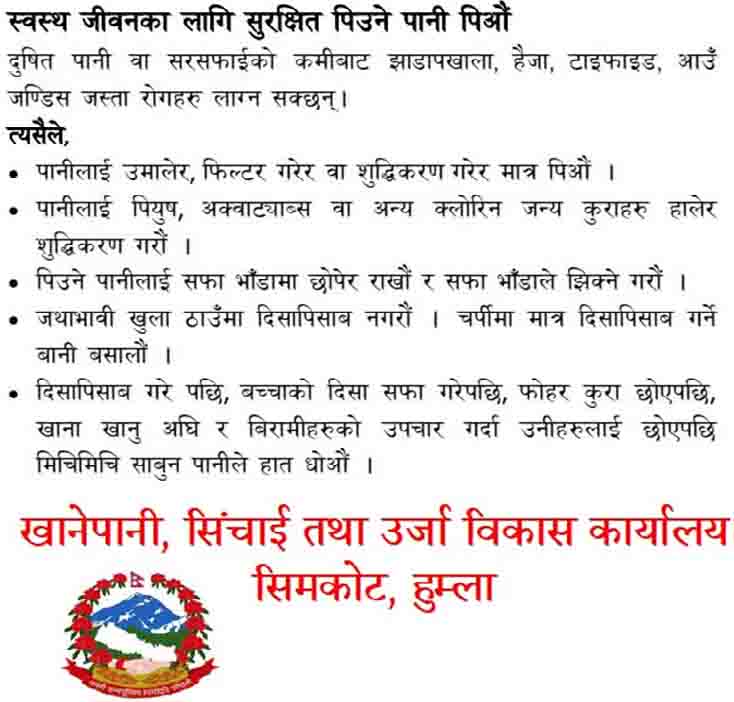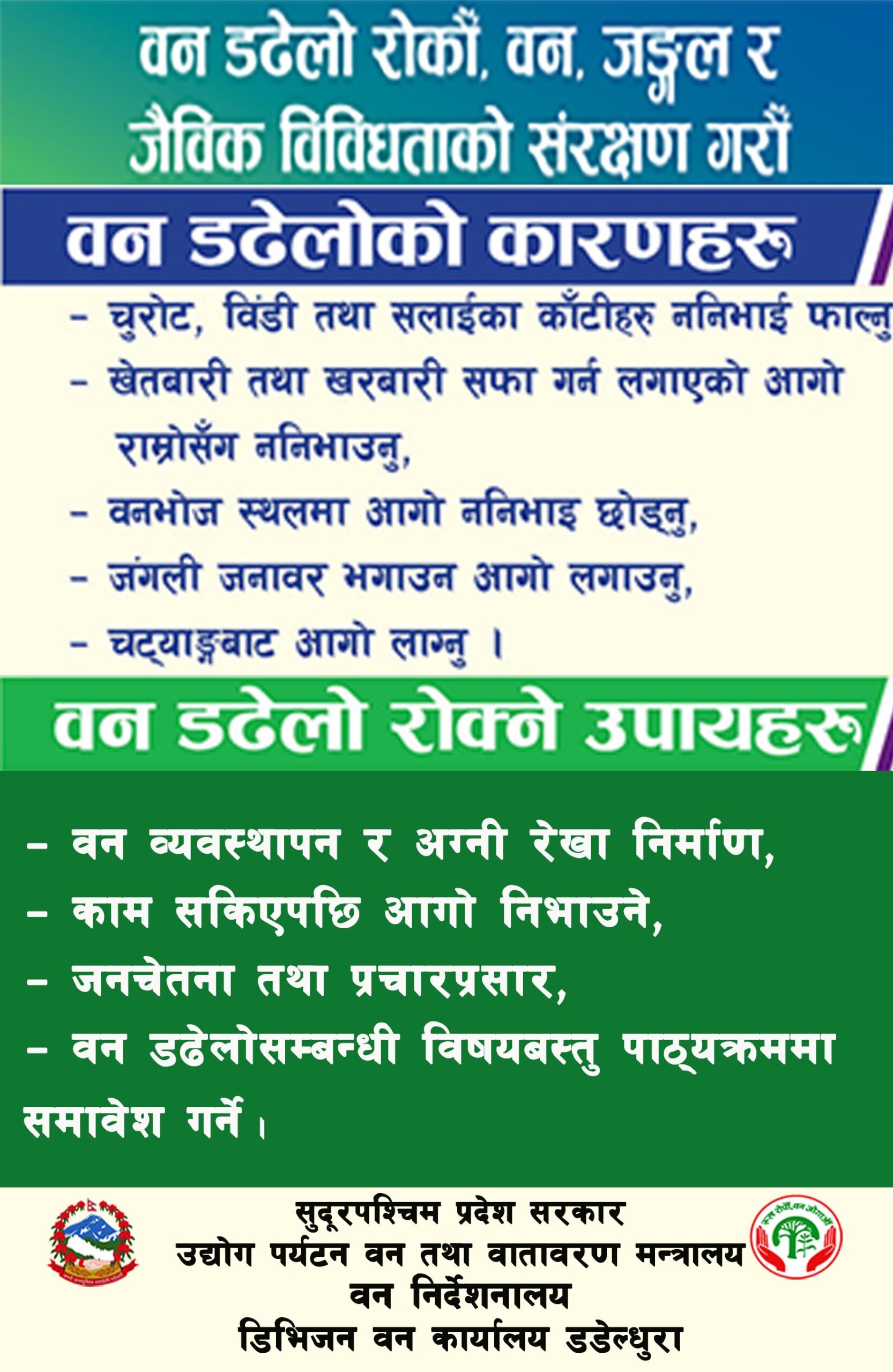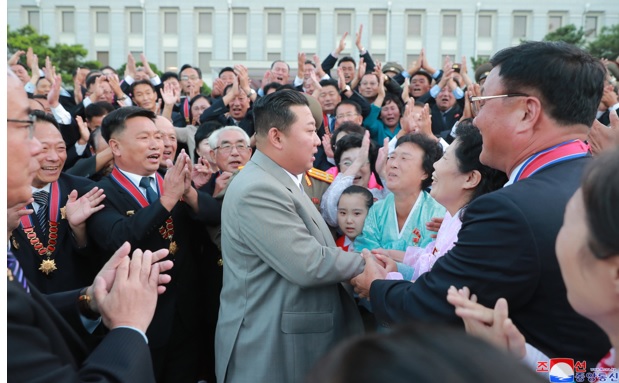
The Democratic People’s Republic of Korea exerts great efforts in further developing the universal free medical care system, regarding public health service as an image of its socialist system and a major symbol which demonstrates the tangible benefits of the system enjoyed by its people.
This is inconceivable separated from the devoted and tireless efforts made by Kim Jong Un, President of the State Affairs, who prioritizes the protection of the people’s lives and their health promotion over anything else.
Since he began to lead the country and people, he paid close attention to public health.
In summer 2012 he visited the construction site of the Breast Tumour Institute of the Pyongyang Maternity Hospital. Despite sultry weather, he looked around it in detail and said: It is pointless to build a fancy building if the patients fail to get proper treatment; what counts more than the construction is to appoint competent doctors and researchers with rich clinical experience in mastopathy and breast cancer and to equip the institute with state-of-the-art facilities. Thanks to the meticulous care of the state leader, the institute was built on the Taedong riverside in the capital city of Pyongyang as a centre of medical service and scientific research that specializes in the prevention and treatment of mammary gland diseases including mastopathy and breast cancer and is equipped with modern medical equipment for galactography, ablation of mammary gland tissues, and even for multifunctional X-ray, CT, ultrasonographic and, electrocardiographic examinations, which can be seen only in some developed countries.
The Ryugyong Dental Hospital, inaugurated in October 2013, also tells a moving story of Kim Jong Un’s devotion.
In March the following year he visited the hospital and looked around the examination room and several treatment rooms, giving detailed guidance over the management and operation of the hospital.
He felt very pleased, saying that a great number of people visiting the hospital meant that the medical service was briskly underway, and that the new hospital proved its worth. Then he continued: Construction of the hospital was not aimed at giving publicity to the fact that we were building a world-class dental hospital, but at ensuring that the people can enjoy all the benefits of socialism in good health; the hospital should not become a site for visit but a site of devoted service for the people through effective treatment.
The Okryu Children’s Hospital, which was named by Kim Jong Un, also embodies his scrupulous care.
It is a characteristic hospital that combines healthcare service and education. It is equipped with all the facilities for the treatment and health promotion of children of different ages–treatment rooms of different purposes, surgical procedure rooms, operating theatres, in-patient rooms and even a helipad. The artworks inside, which cater to the juvenile psychology, are associated with Kim Jong Un’s considerate measure to relieve the children of pain while under treatment. The classrooms here give the young in-patients lessons, which are missing.
In 2016 the Ryugyong General Ophthalmic Hospital opened to the public in the hospital village on the Taedong riverside of Pyongyang.
With a site area of over 5 950 sq m and a total floor space of 11 800 sq m, the hospital is made up of a four-storeyed out-patient ward and an eight-storeyed in-patient ward. It is a multi-functional and comprehensive medical care facility with a shop that calibrates and manufactures various kinds of spectacles.
It has more than ten out-patient treatment rooms, 13 optometry rooms, 5 operating theatres, 27 in-patient rooms and up-to-date equipment for excimer laser treatment, vitrectomy, laser-scanning tomography, cornal endothelial examination and so on.
Kim Jong Un, who proposed its construction and designated its site, gave his opinions on its design several times and paid close attention to its construction, personally visiting the construction site.
During his on-site guidance, he said: The rumour must have spread that a general ophthalmic hospital is under construction here; the people prefer the construction of hospitals to the construction of theatres; many more hospitals should be built so that the people can enjoy the substantial benefits of the socialist public health system.
When he visited the completed hospital, he expressed his satisfaction, saying that it was really what he had wanted to do for the people.
Such stories are not confined to the hospitals in the capital city. In October 2020, the Samjiyon City People’s Hospital in Ryanggang Province in the northernmost part of the country was newly built into a model of the regional hospitals.
While looking around the construction sites in Samjiyon, Kim Jong Un acquainted himself with the conditions of the hospital’s staff and saw to it that the green area was increased, trees of fine species were planted around the hospital and resting areas were laid out properly for the patients.
Samjiyon is a city in the mountainous area, 1 300 metres above sea level. But the local People’s Hospital is very modern and has specialist departments such as emergency, internal, surgical, pediatric, obstetrical and gynecological ones and a dental branch hospital which are well-appointed with state-of-the-art equipment and appliances.
Multifunctional telemedicine system is established and the healthcare service is put on a high level of IT basis. It also has well-furnished in-patient rooms, physical exercise room, rehabilitation room, children’s playing area and indoor park. Kim Jong Un paid close attention to strengthening the material and technical foundations of the public health sector, too.
In 2019 while on a visit to the Myohyangsan Medical Appliances Factory, he said that in order for people to enjoy sufficient and modern healthcare service, it was necessary to radically improve the material and technical foundations of the public health sector, and took highly significant measures aimed at renovating the factory into a model and iconic factory that would play the vanguard role in the medical appliances industry. When he visited the renovated factory, he highly praised it for having developed into a cutting-edge one capable of mass-producing modern operating tables, delivery beds, examination tables, hospital trolleys, universal chairs for ENT treatment, multifunctional dentist’s chairs and other quality medical appliances.
Under his wise leadership, over the past ten years medical oxygen factories in the capital city and provinces, the Pyongyang Dental Hygiene Goods Factory and Huichon Hospital Beds Factory have been built in a modern style, further consolidating the material and technical foundations of the public health sector.
In October last year a grand military parade was held in Kim Il Sung Square in Pyongyang to celebrate the 75th founding anniversary of the WPK. In his speech Kim Jong Un warmly thanked the people across the country for being healthy and free from illness, without a single person having fallen victim to the malignant virus.
Autumnal Scene by Pothong River
This is an autumnal view by the Pothong River, which meanders through the central part of Pyongyang, the capital city of the Democratic People’s Republic of Korea.
Pyongyang Citizens Seen in an Exhibition House
One of the sought-after places in Pyongyang, the capital of the Democratic People’s Republic of Korea, is the Kumok Maize Products Exhibition House, which specializes in development, exhibition and service of maize products.
Kimchi-making practice in Korea
In the Democratic People’s Republic of Korea, it is a commonplace in November to see families making kimchi, their traditional food.
In spite of the current industrial production of kimchi in the country, many enjoy making it by themselves as in the past.
The kimchi-making was registered on the list of world intangible cultural heritage.
National Dog of DPRK
Phungsan is the national dog of the Democratic People’s Republic of Korea.
The dog is very clever.
In ordinary days it is docile and obedient to its master, but it is very fierce when faced with enemies. Usually dogs bite their enemy’s neck and other parts, but Phungsan makes a frontal attack and bites the enemy’s throat.
It is also easy to be kept.
It is highly resistant to cold and viable; it is especially resistant to diseases; as it is omnivorous and grows well even in harsh conditions, it can be raised in any places.
From olden times many interesting stories have been told about this animal. In the days of Koryo (918-1392) it was told that a dog saved its drunken master’s life from a forest fire before being killed, a dog in a northeastern area took care of a blind orphan by always guiding him and a dog saved a drowning man’s life before being drowned itself in a midwestern area, so people built monuments to the faithful and virtuous dogs.
Today the Korean people protect and propagate the dog by preserving its foundation stock and sustaining its excellent characters.
Many families keep the dog, exchanging their experiences with one another. In the National Dog Show-2019 which was held in the Central Zoo in Pyongyang in November 2019, before the outbreak of global health crisis, Yuwol, raised by a couple, named Hong Yong Il and Ri Hyang Rim, living in a suburb of Pyongyang, won the first place.
The wife, Ri Hyang Rim, said that if the other’s goats were seen among hers when she was driving them into their shed, the dog would snarl, and it does not follow the people other than her family members even though they give it something to eat or tempt it with other things; it strictly guards everything in her house and lets no one put their hands on them.
Once when the husband, Hong Yong Il, was playing ssirum, a Korean type of wrestling, it was sitting silently nearby, but when Hong was thrown off and was under the opponent’s body, the dog caught the opponent by his clothes, snarling, making spectators surprised.
The people call this couple “walking dictionaries of the national dog” as they are well-versed in keeping Phungsan.
After the show was over, the people vied with one another for Yuwol’s puppies.
Phungsan is registered as a natural living monument of the state and Kwangdok-ri, Kim Hyong Gwon County, Ryanggang Province, as the dog reserve.
Landscape of a Rural Area
This is Poman-ri, Sohung County, North Hwanghae Province in the central part of the Democratic People’s Republic of Korea.
Kayagum, Traditional Musical Instrument of Korea
This is kayagum, a musical instrument of the Korean nation, invented 1 500 years ago.
As the sounds are elastic, soft and elegant, the structure is simple, the bridge is movable for adjusting sounds, the methods of its execution are varied and it is easy to learn, the Korean women still enjoy playing the instrument.
Carpet from the DPRK
Carpets made in the Democratic People’s Republic of Korea are drawing people’s attention for its high quality and elegant and delicate colours and shapes. What draws their special attention is the fact that they are made with natural resources produced in natural environment free from pollution.
Violin Making and a Man with Hearing Impairment
Have you ever heard that a man with hearing impairment makes a musical instrument?
It is difficult to believe, but such a man lives on this planet.
It is Kim Sung Il (aged 36) in the Democratic People’s Republic of Korea, whose violins enjoy popularity among professional and amateur violinists.
Riversides in Pyongyang
Pyongyang, the capital of the Democratic People’s Republic of Korea, maintains the beautiful and ecological environments of its riversides.
Amateur Riders in Pyongyang
The Mirim Riding Club in a suburb of Pyongyang, the capital city of the Democratic People’s Republic of Korea, is always busy with professional and amateur riders.
Young Folk Game Players
These are children from the Ponbu Kindergarten in Sinuiju, a city in the northwestern part of Korea, well-known across the country for their talents in playing folk games.
For the Children’s Health
Rearing healthy and sound children is an issue that has a bearing on the prospect and future of all countries.
Especially, the period of nursery and kindergarten covers the most important part of human development, and thus it is highly important to pay attention to nutrition and health management of those in this age group.
November 20 is Children’s Health Day.
On the occasion of the day, childcare in the Democratic People’s Republic of Korea is introduced here.
The DPRK has established a socialist system of nursing and upbringing of children, in which all the pre-school children are enrolled and reared in nurseries and kindergartens at state and social expense.
This system is legally guaranteed by law.
The Law of the Democratic People’s Republic of Korea on the Nursing and Upbringing of Children was adopted in April 1976 and amended and supplemented in March 1999. Comprised of sixty articles in six chapters, the law comprehensively stipulates numerous benefits for children, including construction of nurseries and kindergartens, supply of grains and other foodstuffs, clothes, footwear and other daily necessities, special protection of mothers with children, nutritional and medical service for children, treatment of nursery and kindergarten teachers, organization and operation of nurseries, kindergartens, baby homes and orphanages, and guidance, management and supply systems for them, etc.
Every city and county has a foodstuff supply station which is in charge of the provision for the local nurseries and kindergartens with such nutritional foods as milk, meat, eggs, fruits, vegetables and confectionery.
In recent years baby homes and orphanages in the capital city and the seats of provinces have been renovated, and the orphans across the country are provided with quality nutritional foods on a special and preferential basis.
Worthy of special note is that the Third Plenary Meeting of the Eighth Central Committee of the ruling Workers’ Party of Korea held in June this year established it as the Party’s childcare policy to supply all the children across the country with nutritional foods including dairy products at state expense.
It is an inherent part of wishes of parents to feed and dress their children well and take pride in them in front of the others. A Korean saying goes that it takes fifty thousand man-days to raise a child, implying how demanding and challenging it is. Worse still, it is by no means easy for the country to adopt such a resolution in the light of the fact that the country is experiencing quite a hard time due to the prolonged sanctions by the hostile forces coupled by the global health crisis.
It is a courageous decision that can be made only by General Secretary Kim Jong Un of the WPK, who regards it as a source of happiness, not a challenge, to spare nothing for the children across the country, saying that it is a blessing for the WPK to be in charge of raising millions of them. Also, it is a moving story unique to the WPK that cherishes as an ennobling ideal the spirit of making selfless, devoted efforts for the good of the people.
Thanks to the benevolent care of the head of state and ruling party, the DPRK is well advanced in its pursuit of good health of the children.
One of the examples is the activities of the Korean Association for Supporting the Children founded in 2013 with a mission to assist the government in this regard.
The association trains the professionals in the fields of children’s healthcare, nourishment, intellectual development and day care, and plays the role of a communications office and a channel of assistance for children. Outreach programs are briskly underway and hygienic information work is being energetically undertaken among the local people so as to lower the children’s morbidity rate and rate of missing in inoculation. Its production bases make a variety of traditional medicines including anti-virus liquid medicine made from burdock, contributing to the treatment of pediatric diseases. It is also engaged in the major evaluation of medical supplies and appliances needed for the children’s healthcare at the nurseries, kindergartens and pediatric hospitals designated as targets of assistance and reinforcing the trial production processes of nutritional foods for the children. It also hosts photo exhibitions and forums on child healthcare on the occasion of the International Children’s Day, World Health Day and Children’s Health Day, fostering the climate of social support for the children.
Orphans in Pyongyang as Seen by Foreigners
In early September this year members of the diplomatic corps in the Democratic People’s Republic of Korea visited Pyongyang Baby Home and Orphanage.
Following is part of their impression: The Workers’ Party of Korea and the government of the DPRK pay close attention to the intellectual education, healthcare and even food supply for children. It is hard to believe that these are orphans as they are under such scrupulous care. Comrade Kim Jong Un is, indeed, the genuine father of the children. (Cuban ambassador)
I was quite moved while looking round the orphanage equipped with all the conditions necessary for the orphans’ living. The leadership of the DPRK and the Workers’ Party of Korea spare nothing for children. I could feel Comrade Kim Jong Un’s direct care in every nook and cranny of the orphanage. (Russian ambassador)
Taking care of orphans is a Gordian knot and economic burden in other countries. However, the DPRK gives importance to bringing up orphans and provides them with all the conditions for their happy living even though everything is in short supply. I was struck with wonder as I saw that these baby home and orphanage are giving the orphans education necessary at the stages of nursery and kindergarten. (Syrian ambassador)
During his on-site guidance at the Baby Home and Orphanage, General Secretary Kim Jong Un paid close attention to the living and studying conditions for orphans and the management of these facilities. This shows his warm love for orphans. I hope that the children of Pyongyang Baby Home and Orphanage will grow happily under his warm care. (Chinese councilor)
What Is It I Am Seeing?
It is Samjiyon in the northern tip of Korea. This city is located in an alpine area, 1 300 metres above sea level.
